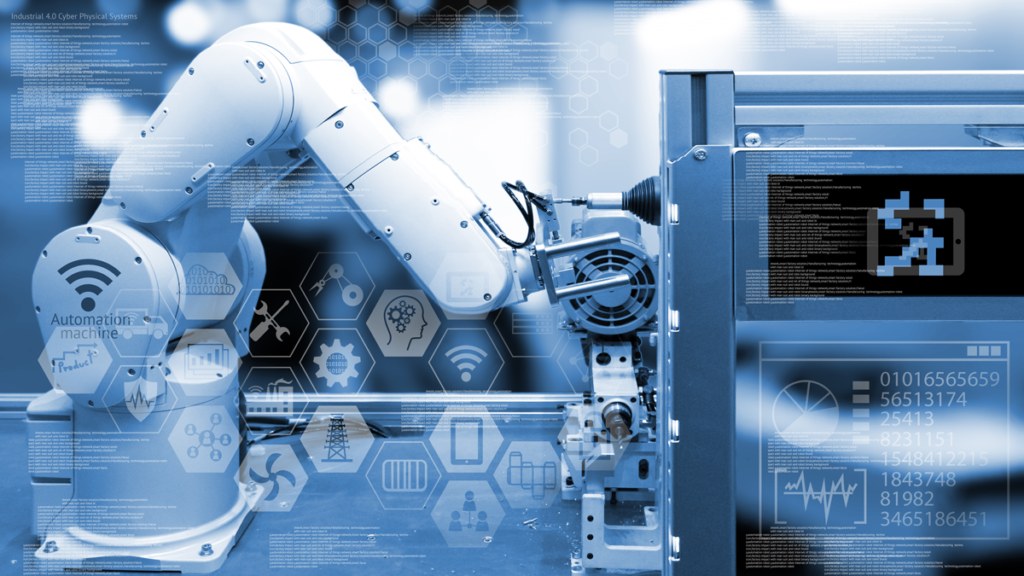Across manufacturing, businesses are trying to realise the future of factories through digital transformation. Whether a company is just starting out their journey or is further along, they are all looking ahead to the potential possibilities of the smart factory: A hyper-efficient production environment that leads to profitable operations while reducing costs and negative environmental impacts.
But what are the actual capabilities of the smart factory of the future, and how will it impact the all-important human operators?
Connected worker
As digital transformation partners for a wide array of manufacturing sectors, we understand the main driving forces behind implementing new technologies are centred around the efficiency improvements of assets.
With decision making driven by the boardroom, it can be a very rocky journey with many false horizons. Our experience shows that true digital transformation is a company-wide collaboration, with much of the innovation being driven up from the plant floor while upper management works hard to create the collaborative atmosphere required to break down silos of information.
In this way, the future of the smart factory revolves around the connected worker. As we have seen since the COVID pandemic, remote working represented a huge shift in the sector, one that won’t be returning to normal. Gartner predicts that by 2024, half of all factory work will be carried out remotely, increasing the reliance on digital technologies and automation.
The negative side of this approach is the added time it could take for onsite employees to reach the right expertise. What previously would have been a simple case of asking a question on the plant floor can become a time-consuming task of organising busy schedules.
A smart factory approach can help negate this issue by allowing employees full access to information whether they are on the plant floor, or elsewhere. The right software choice for smart factories will include a digital repository for best practices, knowledge, on-the-job expertise, and skills from all employees, both past and present. In this way, when an issue presents itself, those onsite have the collective knowledge of the company at their fingertips. Needless to say, this approach can also offset another significant challenge to industrial organisations concerning the skills gap created by retiring workers and a shortage of qualified replacements.
Skills – the last untapped resource
The described ‘connected worker’ in the smart factory of the future is part of an informed workforce, one that sees the value of their expertise and contributes directly to the success of the organisation.
Moreover, by employing the right software, companies are accessing and harnessing a huge resource which is seldom fully exploited in the drive to digitalisation. Industrial enterprises who get this crucial aspect right will steal a march on many of their competitors and help ensure the sustainability of their business long into the future. They’ll also be creating a fantastic place to work, where workers are valued and given the right technology to take an active role in the future of the organisation as a whole.
All about the operator
SolutionsPT’s prediction for smart factories centres on the human aspect. While we are well versed in the capabilities of technology and how it can be deployed to meet specific needs, it is the people that will remain fundamental to creating the successful factory of the future.
While impressive automation and the latest IIoT devices provide the tools, the human operator and the digital transformation taskforce that enables them to reach their full productivity potential is the key to long term success.
We always strive to bring together the right people at your organisation from the plant floor to the management suite to deliver meaningful change and we have extensive experience helping to align every aspect of your business to drive towards digital transformation.
The smart factory of the future brings the capabilities of technology and puts them in the hands of the industrial operator. Each member of the team has the facility to input their knowledge while being able to welcome the next generation workforce with open arms, streamlining their onboarding and providing access to experienced employees, no matter where they are working.
– Andy Graham, Solutions Manager, SolutionsPT –
